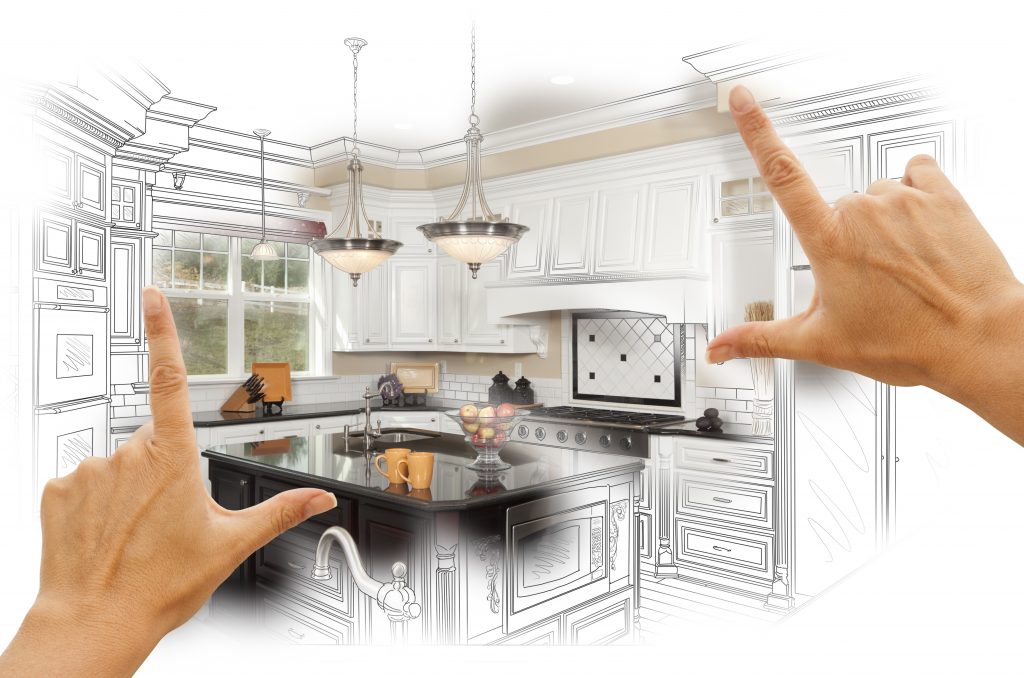A covered walkway canopy is more than just a practical addition to your home or business; it’s a statement piece that adds value and character. With the right design, you can create an inviting entrance for guests and customers that will protect them from harsh weather elements.
Walkway canopies come in many styles and materials, with the most popular being aluminum. They’re lightweight, durable, and require little maintenance. They also come in a variety of colors to match the existing architecture of your property. If you’re looking for a more traditional look, steel is the way to go. Steel is a strong, durable material that can be galvanized to ensure maximum corrosion protection from the elements. The best part is that it can be powder coated to any RAL color of your choice, so you can make your walkway canopy a truly custom piece for your property.
Covered walkway canopies are not just for homes and businesses; they can also be used on public properties, such as parks or schools. This allows children to safely explore the outdoors and can encourage them to spend more time outside, which is great for their physical and mental health. It can also help them to develop a love of nature, which will serve them well throughout their lives.
Whether you’re building a school, office complex, or retail center, a walkway canopy can improve the experiences of your employees, clients, and customers. With a wide range of customization options, it’s easy to find a solution that fits your specific needs and budget.
One of the most common uses for a walkway canopy is to protect pedestrians from rain and snow. This can be particularly important for walkways that connect different parts of a building, such as an entryway, parking lot, or courtyard. It’s also a great way to promote your brand and encourage people to visit your business.
A walkway canopy can also be designed to accommodate a staircase or ramp system. This can be done by stepping down the height of the canopy sections or cutting the canopy posts at different lengths. It’s important to keep in mind that the structure will need to meet local and state code requirements for wind and snow loads.
When you install a walkway canopy, it’s essential to have a professional engineer do the calculations for your site location and account for any wind and snow load requirements. This will ensure that your canopy will be safe and sturdy in any weather conditions, while meeting all the required code requirements. Additionally, a PE will need to determine if the walkway canopy will need to have scuppers for drainage purposes. The size and number of scuppers will depend on the region and code requirements. The PE will also need to provide a structural drawing of the canopy before the project can start. The drawing will include the dimensions of the canopy, its layout, and how it will be attached to the existing structures on your site.

